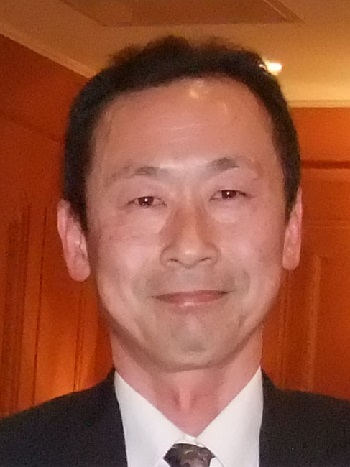【Research Keywords】
Experimental animals, Immunology, Genetic modification, Genome editing, Somatic cell cloning, Radiation effects, T cell, Allergy
【Recent highlights】
Using CD4-positive T cells expressing antigen-specific T cell receptors, we successfully generated the world's first cloned mouse lines (EMBO Rep, 18:885, 2017). These mice could be obtained in about two months without genetic modification, allowing for the creation of various immune disease models that develop in a short period of time. It is also becoming clear that this T-cell cloned mouse technology can be used for analyzing radiation effects with changes in T-cell repertoire and for detailed analyses of pathogenic T cells, which are normally present only in small numbers in vivo. We hope that this research will lead to breakthroughs in radiation medicine and immunology in the near future.

 Home
Home


